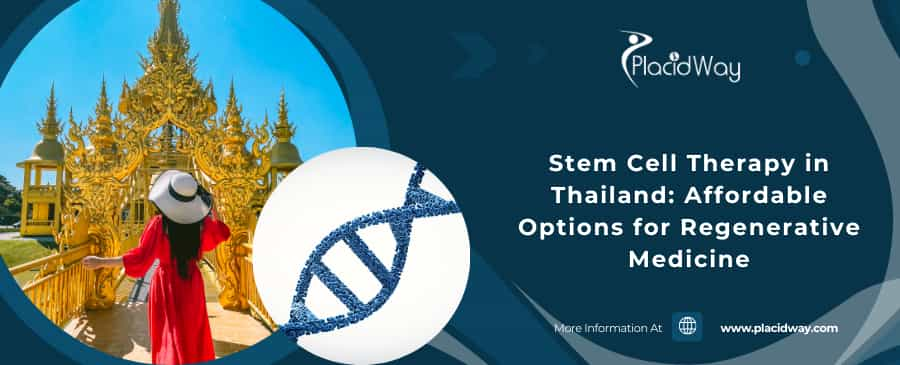
Stem cell therapy has emerged as a promising treatment option for a wide range of medical conditions. However, the high costs associated with these treatments in Western countries have led many patients to seek more affordable alternatives abroad. Thailand has become a leading destination for regenerative medicine, offering high-quality stem cell therapies at significantly lower prices compared to the United States and Europe.Thailand is home to internationally accredited medical centers that specialize in advanced stem cell research and applications. Patients from around the world travel to Thailand to receive cutting-edge stem cell treatments for orthopedic conditions, neurological disorders, chronic diseases, and anti-aging purposes.In this comprehensive guide, we will explore the benefits of stem cell therapy in Thailand, popular procedures available, and what international patients can expect when seeking regenerative medicine in the country.
Key Insights at a Glance
- Affordable Treatment – Stem cell therapy in Thailand costs 50-70% less than in Western countries.
- World-Class Clinics – Accredited hospitals offer advanced technology and expert specialists.
- Effective for Many Conditions – Treats orthopedic issues, neurological disorders, chronic diseases, and anti-aging.
- Fast Recovery & Support – Minimally invasive procedures with personalized care and luxury recovery options.
What is Stem Cell Therapy?
Stem cell therapy is a form of regenerative medicine that utilizes the body’s natural ability to repair and replace damaged cells and tissues. Stem cells are unique because they have the ability to develop into different types of cells in the body. This makes them an effective treatment option for various medical conditions that involve tissue degeneration, injury, or inflammation.
There are different types of stem cells used in medical treatments, including:
- Mesenchymal stem cells (MSCs): These stem cells are commonly used in regenerative medicine and are derived from sources such as bone marrow, adipose tissue, and umbilical cord tissue. They are known for their ability to reduce inflammation and promote tissue regeneration.
- Embryonic stem cells: These cells have the potential to develop into any type of cell in the human body. However, their use is more controversial and regulated in many countries.
- Induced pluripotent stem cells (iPSCs): These are adult cells that have been genetically reprogrammed to behave like embryonic stem cells. They offer a promising alternative for regenerative medicine without the ethical concerns associated with embryonic stem cells.
Stem cell therapy is increasingly being used to treat a variety of conditions, including orthopedic injuries, neurodegenerative disorders, autoimmune diseases, cardiovascular conditions, and skin aging.
Why Thailand is a Preferred Destination for Stem Cell Therapy
Thailand has established itself as a global hub for medical tourism, offering high-quality treatments at competitive prices. There are several reasons why Thailand is an attractive option for patients seeking stem cell therapy.
Advanced Medical Technology and Research
Thailand has invested significantly in medical research and innovation, making it one of the leading countries in regenerative medicine. Many clinics use the latest advancements in stem cell technology, including the use of mesenchymal stem cells for orthopedic and anti-aging treatments.
Internationally Accredited Medical Centers
Several hospitals and clinics in Thailand have received international accreditations, such as the Joint Commission International (JCI) certification. These facilities follow strict medical protocols and ethical guidelines to ensure patient safety and treatment effectiveness.
Experienced and Highly Trained Specialists
Many Thai doctors specializing in stem cell therapy have trained in the United States, Europe, or Japan. Their expertise in regenerative medicine, combined with Thailand’s advanced healthcare system, ensures high-quality treatment outcomes for international patients.
Cost-Effective Treatment Options
The cost of stem cell therapy in Thailand is significantly lower compared to Western countries. Patients can expect to save between fifty and seventy percent on treatment costs while receiving care at world-class medical centers.
Comfortable Recovery in a Relaxing Environment
Thailand offers a serene and comfortable environment for patients to recover after their treatment. Many medical centers provide wellness packages that include post-treatment rehabilitation, physical therapy, and holistic healing programs to enhance the recovery process.
Common Conditions Treated with Stem Cell Therapy in Thailand
Stem cell therapy is used for a variety of medical conditions. In Thailand, regenerative medicine specialists provide treatments for the following conditions:
Orthopedic Injuries and Joint Disorders
Stem cell therapy is widely used in Thailand for treating orthopedic conditions such as arthritis, cartilage degeneration, ligament injuries, and chronic joint pain. Patients with knee, hip, or shoulder problems often opt for stem cell injections as a non-surgical alternative to joint replacement.
Neurological Disorders
Patients with neurological conditions such as Parkinson’s disease, Alzheimer’s disease, multiple sclerosis, and spinal cord injuries may benefit from stem cell therapy. These treatments aim to repair nerve damage, reduce inflammation, and restore lost functions.
Autoimmune Diseases
Stem cell therapy has shown promising results in treating autoimmune disorders such as lupus, rheumatoid arthritis, and multiple sclerosis. Stem cells help regulate the immune system and reduce excessive inflammation associated with these conditions.
Chronic Diseases
Patients suffering from chronic diseases such as diabetes, kidney disease, and cardiovascular conditions seek stem cell therapy as an alternative to conventional treatments. Stem cells can aid in tissue repair and regeneration, helping to improve overall health and function.
Anti-Aging and Skin Rejuvenation
Stem cell therapy is popular in Thailand for aesthetic and anti-aging purposes. Many clinics offer treatments to improve skin elasticity, reduce wrinkles, and enhance overall vitality. These therapies help rejuvenate the skin and slow down the aging process.
Cost of Stem Cell Therapy in Thailand
One of the biggest advantages of seeking stem cell therapy in Thailand is affordability. The cost of treatments varies depending on the condition being treated and the type of stem cell therapy used.
| Treatment Type | Cost in Thailand | Cost in the United States |
|---|---|---|
| Knee Cartilage Regeneration | $5,000 - $8,000 | $20,000 - $30,000 |
| Anti-Aging Stem Cell Therapy | $3,000 - $7,000 | $15,000 - $25,000 |
| Parkinson’s Disease Therapy | $8,000 - $15,000 | $30,000 - $50,000 |
| Diabetes Stem Cell Therapy | $6,000 - $12,000 | $25,000 - $40,000 |
Patients can save thousands of dollars while receiving high-quality care in Thailand.
Stem Cell Therapy in Thailand: Procedure and What to Expect
Stem cell therapy is a minimally invasive and highly advanced regenerative treatment that requires careful planning and execution. Patients considering this therapy should understand the step-by-step procedure, pre-treatment preparation, post-treatment care, and expected outcomes.Below is a detailed breakdown of the stem cell therapy procedure in Thailand, covering each phase of the treatment process.
Step-by-Step Procedure of Stem Cell Therapy in Thailand
Initial Consultation and Medical Assessment
Before undergoing stem cell therapy, patients must have a detailed consultation with a specialist to determine their eligibility for the treatment.
What happens during the consultation?
- A doctor reviews the patient’s medical history, symptoms, and current health condition.
- Necessary medical tests, such as blood work, MRI scans, or X-rays, may be required to assess the patient’s condition.
- The doctor discusses potential risks, benefits, and expected outcomes of the treatment.
- A personalized treatment plan is created based on the patient’s medical needs.
Duration: 1 to 2 days
Stem Cell Extraction (If Using Autologous Cells)
If the treatment involves autologous stem cells (cells derived from the patient’s own body), the next step is to collect these cells. This process depends on the source of stem cells used.
Common sources of stem cells:
- Bone Marrow: A small amount of bone marrow is extracted from the pelvic bone using a minimally invasive procedure.
- Adipose (Fat) Tissue: A simple liposuction procedure is performed to collect stem cells from fat tissue.
- Umbilical Cord Tissue (Donor Cells): If donor-derived stem cells are used, they are already processed and ready for treatment.
Duration: 1 to 3 hours (same day procedure)
Stem Cell Processing and Enrichment
Once stem cells are extracted, they are processed and purified in a state-of-the-art laboratory. This step ensures that only the most potent and viable stem cells are used for treatment.
What happens in the lab?
- Stem cells are isolated and purified to remove any unwanted components.
- The cells undergo a quality check to ensure safety and effectiveness.
- The number of stem cells may be increased using culture expansion techniques (if required).
Duration: 1 to 3 days
Stem Cell Injection or Infusion
Once the stem cells are ready, they are administered to the patient using targeted delivery methods.
Common methods of stem cell delivery:
- Intravenous (IV) Infusion: Stem cells are infused directly into the bloodstream, allowing them to travel throughout the body and reach affected areas.
- Direct Injection into Joints or Muscles: Used for orthopedic conditions such as arthritis, cartilage damage, and ligament injuries.
- Intrathecal Injection (Spinal Cord): Used for neurological conditions like Parkinson’s disease, multiple sclerosis, and spinal cord injuries.
Duration: 1 to 2 hours
Anesthesia: Local anesthesia may be used for joint injections or spinal procedures, but IV infusions do not require anesthesia.
Post-Treatment Recovery and Monitoring
After receiving stem cell therapy, patients are monitored for a few hours to ensure there are no immediate side effects. The clinic may provide additional therapies, such as:
Supportive therapies offered:
- Physiotherapy and Rehabilitation: Helps patients with orthopedic and neurological conditions recover faster.
- Oxygen Therapy (Hyperbaric Chamber): Enhances the effectiveness of stem cell treatments by improving oxygen supply to tissues.
- Nutritional Support and Lifestyle Guidance: Doctors provide dietary recommendations to support cell regeneration.
Hospital Stay: Usually not required, unless additional medical care is needed.
Follow-up Visits: Some clinics require a check-up within a few weeks to assess progress.
Expected Recovery and Results
Stem cell therapy is a gradual healing process, and results vary depending on the patient’s condition, age, and overall health.
When will I see improvements?
- First few weeks: Some patients notice reduced inflammation and pain relief.
- One to three months: Most patients experience improved mobility, better energy levels, and enhanced tissue regeneration.
- Six months to one year: Maximum benefits are often seen within 6 to 12 months, as stem cells continue to repair damaged tissues.
Success Rate: Varies based on individual response and condition severity, but many patients report significant symptom improvement.
Pre-Treatment Preparation for Stem Cell Therapy
Before undergoing treatment, patients must follow specific preparation guidelines to ensure optimal stem cell function.
- Stop smoking and alcohol consumption (as these affect stem cell viability).
- Follow a healthy diet rich in antioxidants and vitamins to boost immune function.
- Avoid non-essential medications that may interfere with the therapy (such as anti-inflammatory drugs).
- Stay hydrated and maintain a stable blood sugar level for the best cell activity.
- Get all required medical tests done in advance for a smooth treatment process.
Post-Treatment Care and Recovery
To maximize the benefits of stem cell therapy, patients should follow these post-treatment care guidelines:
- Rest adequately for a few days, especially after direct joint injections or spinal procedures.
- Follow a personalized rehabilitation plan if required, such as physical therapy for orthopedic conditions.
- Avoid strenuous activities for at least two to four weeks to allow stem cells to integrate properly.
- Eat a nutrient-rich diet that promotes healing and reduces inflammation.
- Stay in touch with your doctor for follow-up visits and progress tracking.
Possible Side Effects of Stem Cell Therapy
Stem cell therapy is generally considered safe, but some patients may experience mild side effects, such as:
- Temporary swelling or soreness at the injection site
- Mild fever or fatigue for one to two days
- Minor headache or nausea after intravenous infusion
Serious complications are rare, especially when treatment is performed at an accredited stem cell clinic in Thailand.
Who is a Good Candidate for Stem Cell Therapy?
Stem cell therapy is suitable for many patients, but not everyone qualifies. You may be a good candidate if you:
- Have chronic pain, joint injuries, or neurodegenerative diseases.
- Want a non-surgical treatment option with fewer risks.
- Are in good general health, without severe infections or immune disorders.
- Have tried traditional treatments without success.
Who is NOT eligible?
- Patients with active cancer or severe infections.
- Those with autoimmune disorders that require immune suppression.
- Pregnant women (unless approved by a specialist).
Patient Reviews and Testimonials
Many international patients have shared their experiences after receiving stem cell therapy in Thailand.
John R. – United States
"I suffered from chronic knee pain for years and was considering knee replacement surgery. After undergoing stem cell therapy in Thailand, my pain has significantly reduced, and I can walk without discomfort. The doctors and staff were professional, and the entire process was smooth."
Maria L. – Australia
"I traveled to Thailand for anti-aging stem cell therapy, and I am amazed by the results. My skin feels rejuvenated, and I have more energy than before. The clinic was state-of-the-art, and the doctors were very knowledgeable."
David P. – Canada
"I was diagnosed with multiple sclerosis and looked for alternative treatments. The stem cell therapy I received in Thailand helped improve my symptoms, and I feel more hopeful about my future. The affordability and quality of care exceeded my expectations."
Frequently Asked Questions About Stem Cell Therapy in Thailand
Is stem cell therapy legal in Thailand?
Yes, stem cell therapy is regulated and legal in Thailand. Accredited clinics and hospitals follow international medical standards.
How long does the treatment take?
Most stem cell therapies require one to three sessions, with each session lasting between two to six hours.
Is the procedure painful?
Stem cell injections are minimally invasive and relatively painless, with only mild discomfort during the procedure.
How long does it take to see results?
Results vary, but many patients experience improvements within a few weeks to a few months.
Are there any side effects?
Most patients experience minor side effects such as swelling or mild discomfort at the injection site, which subsides within a few days.
Do I need to stay in Thailand for recovery?
Most patients recover within a few days and can travel back home within one to two weeks after treatment.
Can stem cell therapy cure my condition?
Stem cell therapy can help manage symptoms and improve quality of life, but it may not completely cure certain conditions.
How do I choose the best stem cell clinic in Thailand?
Look for internationally accredited clinics, check the qualifications of doctors, read patient reviews, and ensure the facility follows ethical guidelines.
How can I get started with treatment?
Patients can begin by scheduling a virtual consultation with a clinic, undergoing medical evaluation, and planning their travel for treatment.
Why Choose PlacidWay for Stem Cell Therapy in Thailand?
PlacidWay makes stem cell therapy in Thailand safe, affordable, and hassle-free. Here’s why:
Verified Clinics – We connect you with accredited stem cell centers that meet global standards.
Transparent Pricing – Get clear, upfront costs with no hidden fees.
Personalized Assistance – From clinic selection to travel coordination, we guide you every step.
Real Patient Reviews – Read testimonials from people who have experienced successful treatments.
24/7 Multilingual Support – Seamless communication and assistance throughout your journey.
Contact PlacidWay for Your Stem Cell Therapy in Thailand
Are you considering stem cell therapy in Thailand but unsure where to start? PlacidWay is here to help! We connect you with internationally accredited clinics and experienced specialists to ensure you receive high-quality, affordable regenerative treatments tailored to your needs.Contact PlacidWay today to get a free consultation, compare treatment options, and plan your medical journey with confidence. Let us help you take the next step toward better health and wellness!
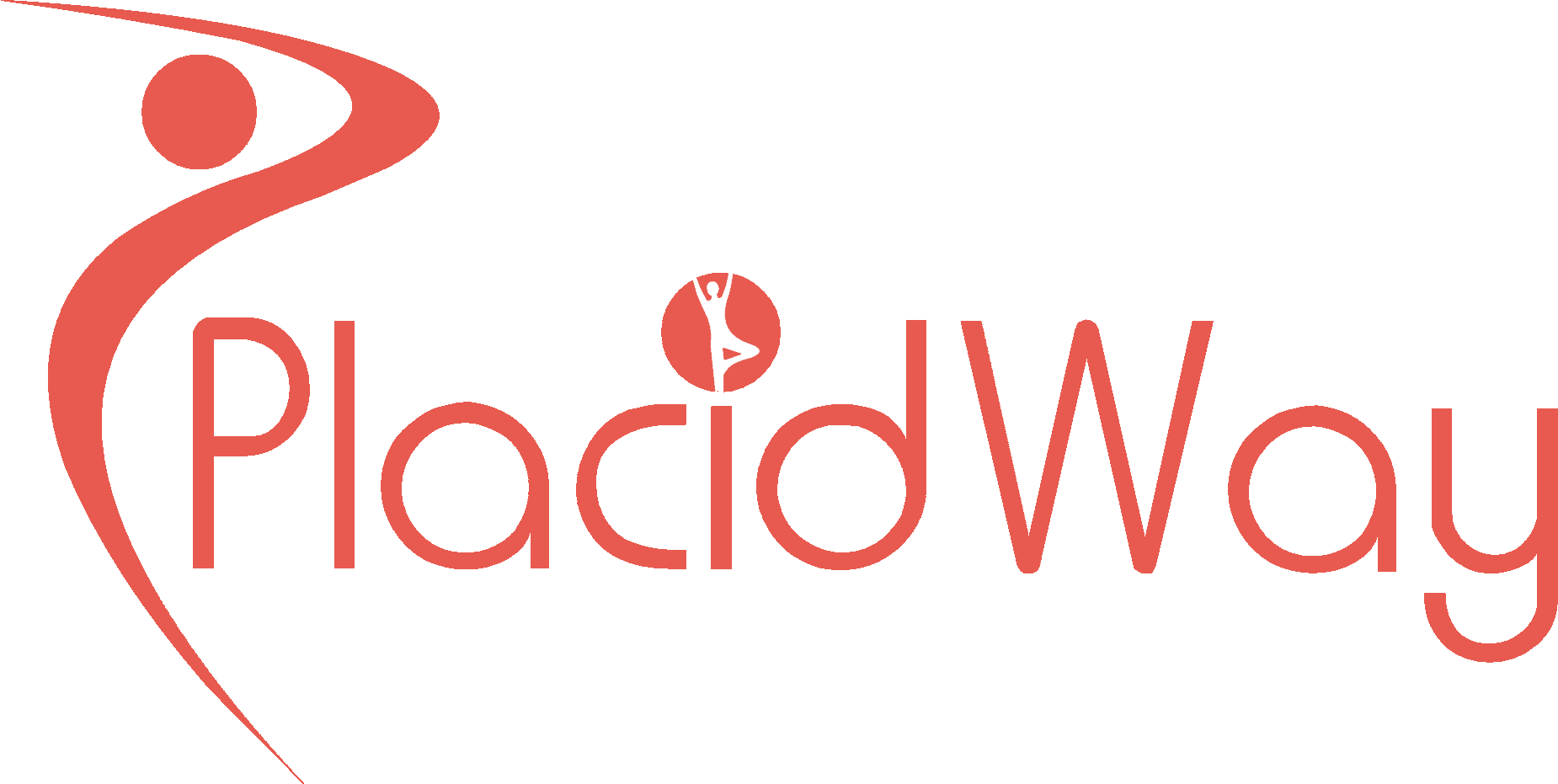

.png)

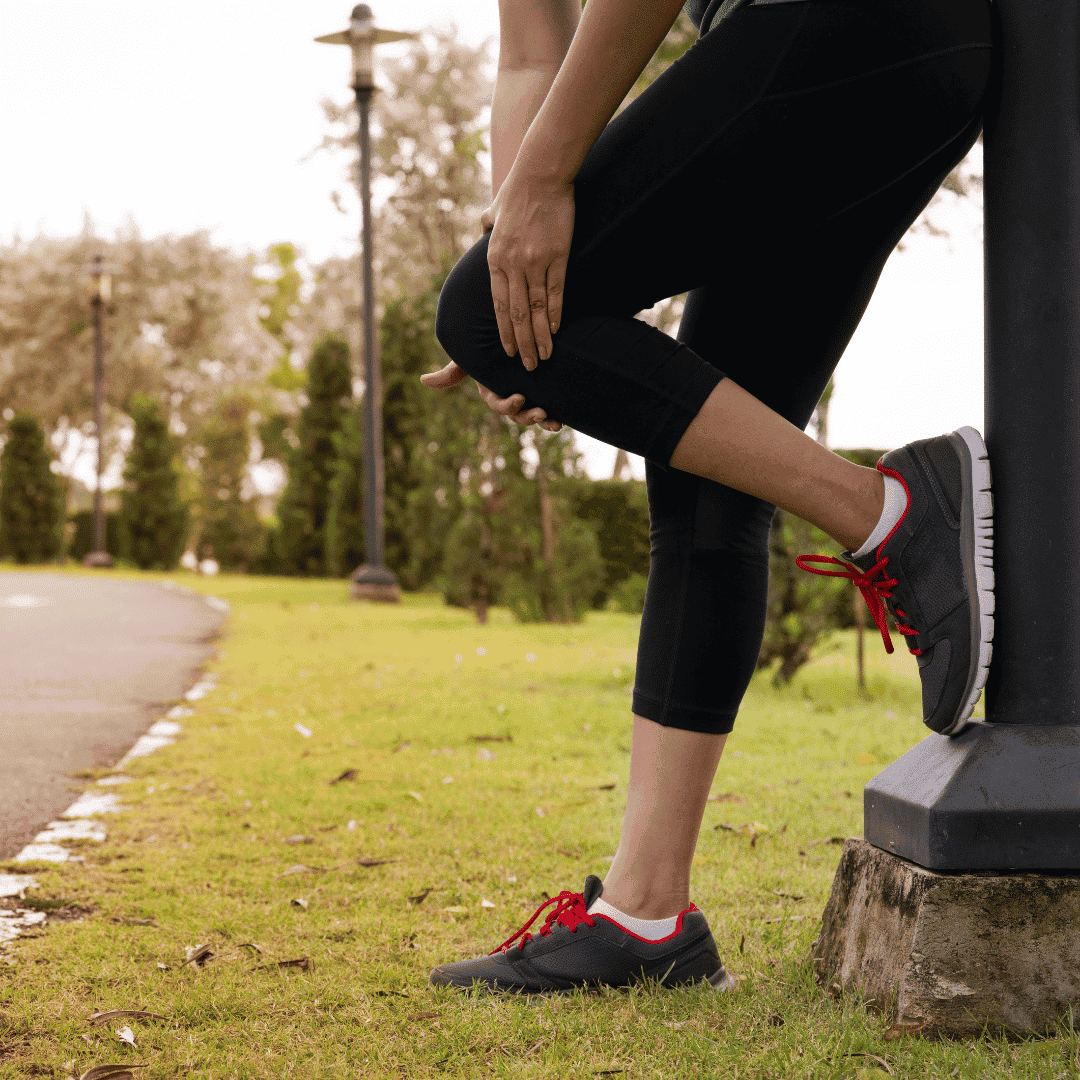
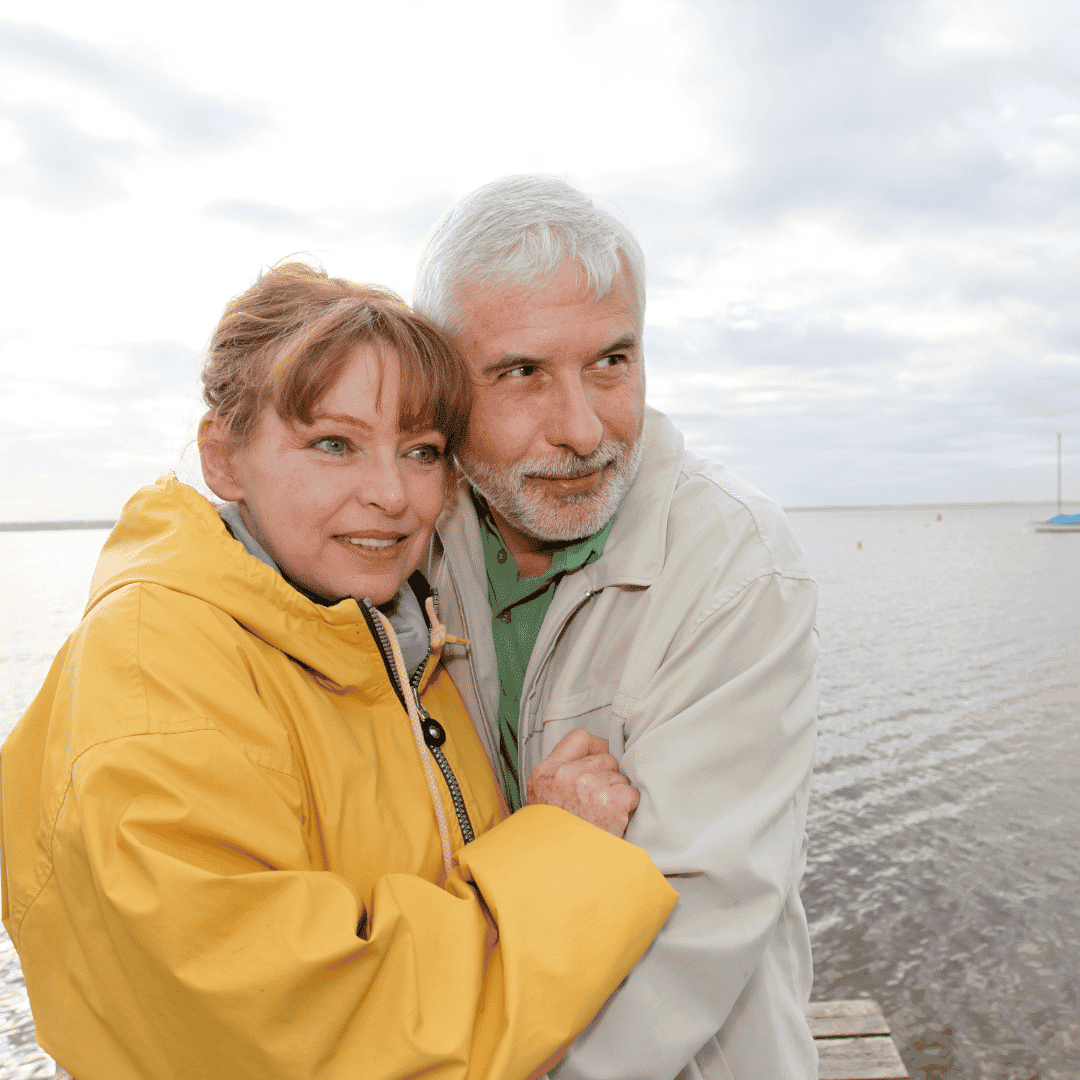



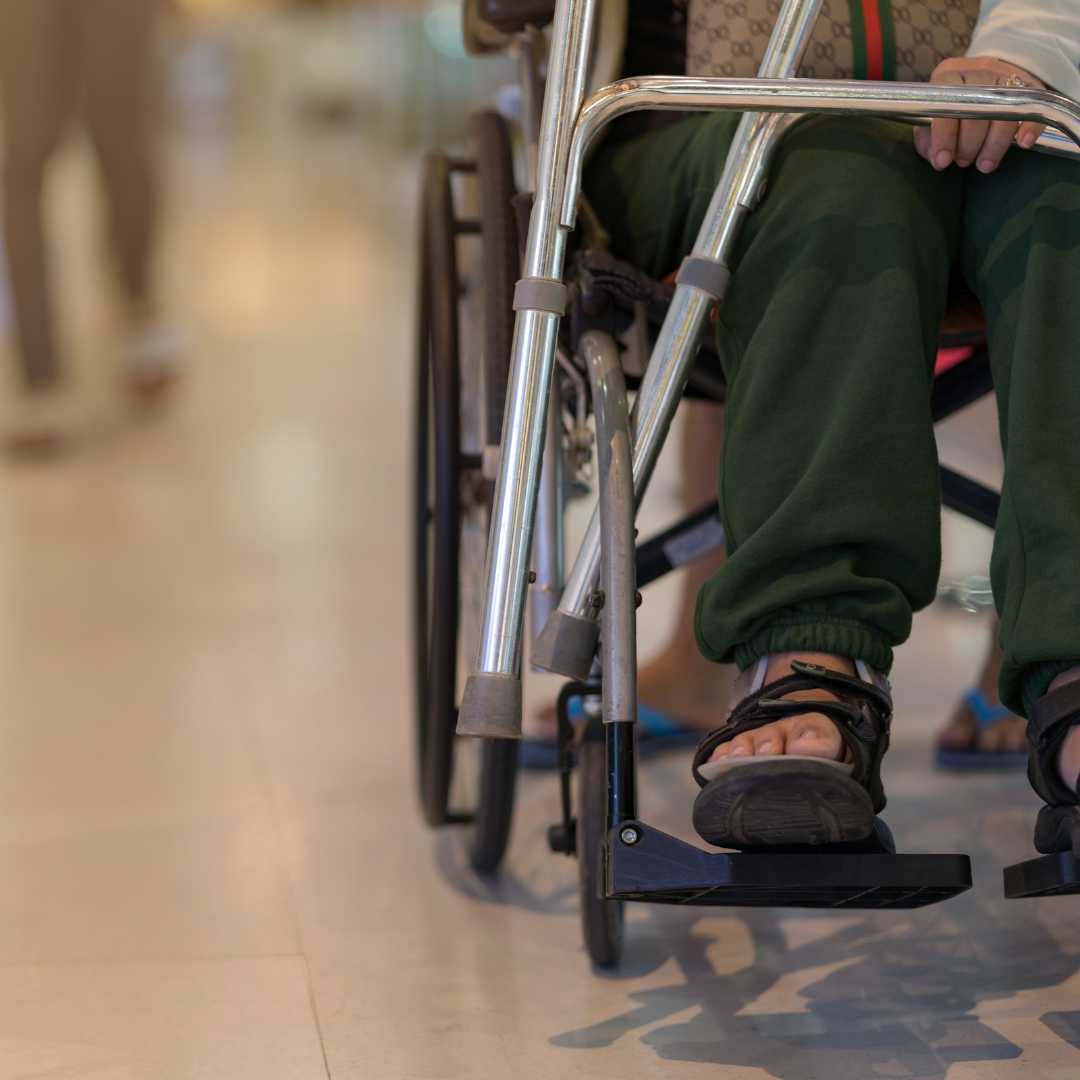
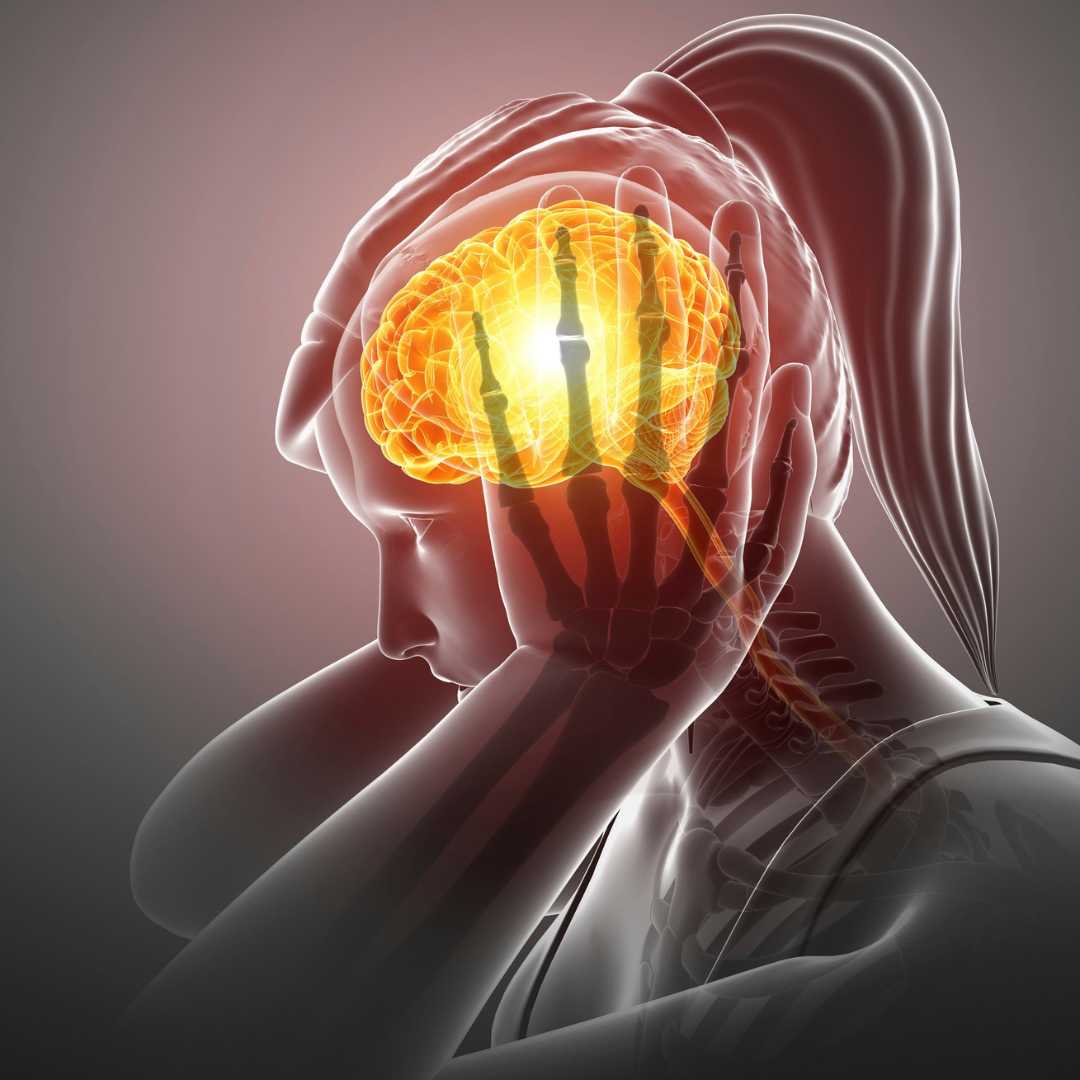

.png)




Share this listing